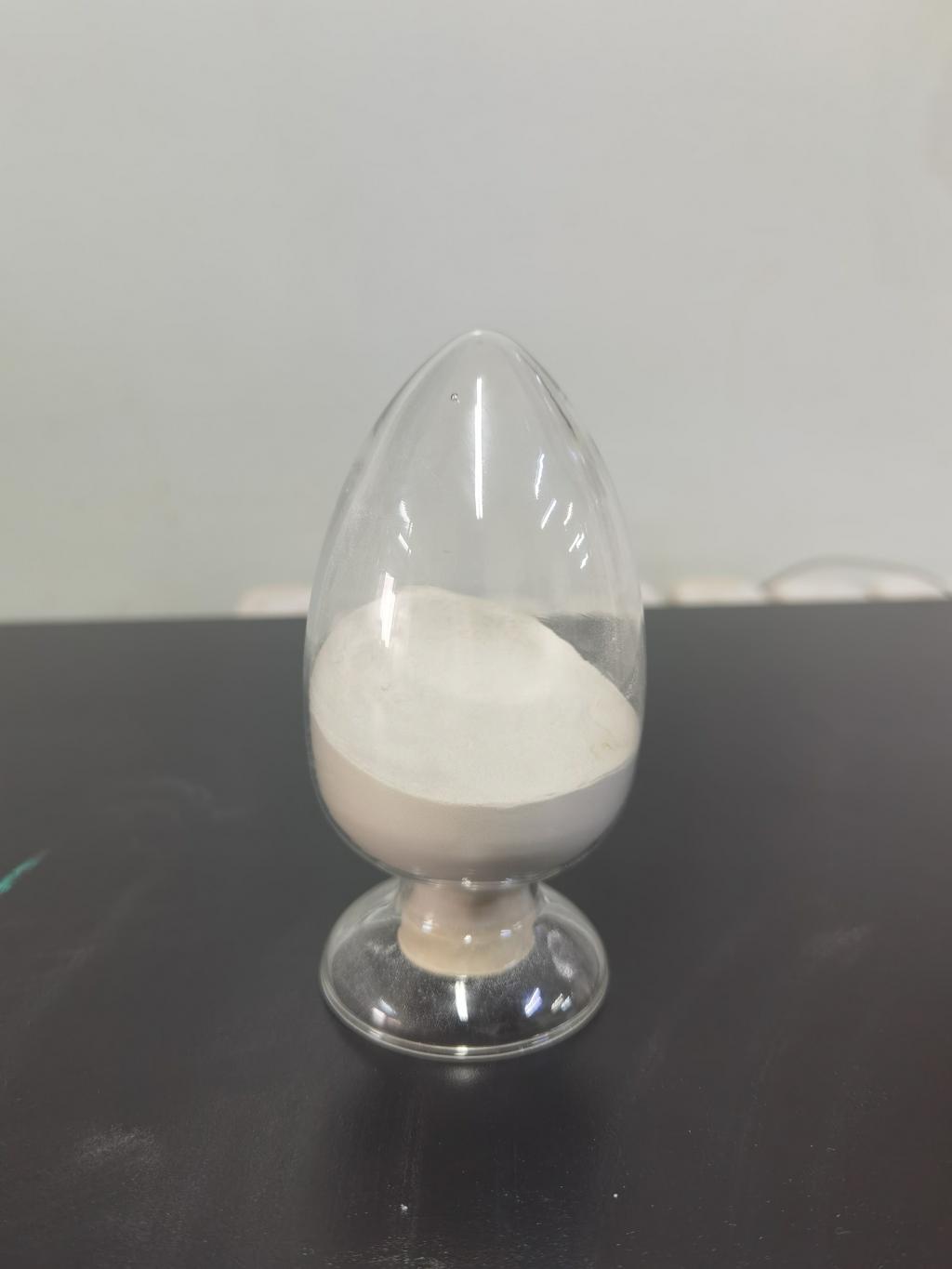
 CONTACT
CONTACT
- Linkman:Linda Yao
- Tel: +8618231198596
- Email:linda.yao@dcpharma.cn
- Linkman:CHARLES.WANG
- Department:Overseas
- Tel: 0086 0311-85537378 0086 0311-85539701
Nisin: A Silent Protector in the Journey from Farm to Fork
TIME:2024-01-17
In the intricate tapestry of the food supply chain, ensuring the safety and longevity of perishable products is a paramount concern. One silent yet powerful protector in this journey from farm to fork is nisin. Nisin is a natural antimicrobial peptide with a fascinating history and a crucial role in preserving food quality. This article explores the origins, properties, applications, and future potential of nisin in the context of food preservation.
Historical Roots and Discovery
Nisin's story dates back to the early 20th century when Sir Alexander Fleming, the renowned microbiologist, first observed the inhibitory effects of certain bacterial strains on the growth of others. This laid the groundwork for the discovery of antimicrobial substances, and eventually, in 1928, nisin was isolated by Dr. Wesley B. Somerville and Dr. Harold R. Richards. It wasn't until the 1950s that the peptide was recognized for its potential in the food industry.
Nisin's Molecular Marvel
Nisin is a ribosomally synthesized and post-translationally modified peptide (RiPP). This means that it is produced by bacteria through a complex process that involves both genetic and chemical modifications. The key producing bacteria belong to the Lactococcus and Streptococcus genera, with Lactococcus lactis being the primary source.
The molecular structure of nisin is a testament to its uniqueness. It is composed of 34 amino acid residues, forming a characteristic ring structure linked by unusual thioether bridges. This distinctive arrangement contributes to nisin's remarkable stability and resistance to degradation by enzymes or heat.
Antimicrobial Action
Nisin's primary claim to fame lies in its potent antimicrobial properties. It exhibits a broad spectrum of activity against various Gram-positive bacteria, including notorious foodborne pathogens like Listeria monocytogenes and Staphylococcus aureus. The mechanism of action involves binding to bacterial cell membranes, leading to pore formation and subsequent cell death.
This targeted approach is particularly advantageous in the food industry, where the challenge is to combat harmful bacteria without affecting the quality or taste of the food product. Nisin's ability to selectively target specific microbes makes it a valuable tool in the preservation arsenal.
Applications in Food Preservation
The journey of nisin from the laboratory to the dinner table is marked by its diverse applications in food preservation. One of its primary uses is as a natural preservative in dairy products. Nisin's effectiveness against spoilage organisms in cheese, yogurt, and other dairy items has made it a staple in the industry, allowing for extended shelf life without compromising product quality.
Beyond dairy, nisin finds applications in meat products, canned goods, and even beverages. In the meat industry, nisin helps control the growth of pathogens such as Clostridium botulinum, enhancing the safety of processed meats. Canned foods benefit from nisin's ability to prevent the growth of spore-forming bacteria, ensuring that products remain safe for consumption over extended periods.
In the beverage sector, particularly in the brewing industry, nisin plays a role in inhibiting unwanted bacterial contamination. This is crucial in maintaining the purity of the final product, whether it be beer or other fermented beverages.
Regulatory Landscape and Consumer Perception
As with any food additive, the use of nisin is subject to regulatory scrutiny. Various international organizations, including the Food and Agriculture Organization (FAO) and the World Health Organization (WHO), have evaluated the safety of nisin, establishing acceptable daily intake levels.
The generally positive perception of nisin by regulatory bodies and consumers alike is largely due to its natural origin. Being a product of bacteria fermentation, nisin aligns with the growing consumer demand for natural and minimally processed ingredients. This positive image contributes to its widespread acceptance in the food industry.
Challenges and Future Prospects
While nisin has proven itself as a stalwart guardian in the journey from farm to fork, challenges and opportunities lie ahead. One challenge is the potential emergence of bacterial resistance to nisin, a phenomenon that has been observed with some antibiotics. Researchers are actively exploring ways to mitigate this risk and ensure the long-term efficacy of nisin as a food preservative.
The future prospects of nisin extend beyond traditional food preservation. Ongoing research explores its application in novel areas, such as medical and pharmaceutical fields. The antimicrobial properties of nisin make it a candidate for combating bacterial infections and even as a potential ingredient in wound dressings.
Conclusion
In the symphony of food preservation, nisin plays a quiet yet vital role. From its humble discovery in the laboratories to its widespread use in preserving a variety of food products, nisin has proven to be a valuable asset in the food industry. Its natural origin, broad-spectrum antimicrobial action, and acceptance by regulators and consumers position it as a key player in the ongoing quest for safer and longer-lasting food.
As we navigate the complex journey from farm to fork, the silent protector, nisin, stands as a testament to human ingenuity and our ability to harness nature's wonders for the betterment of society. In the ever-evolving landscape of food science, nisin continues to carve its path, ensuring that the food on our tables is not only delicious but also safe and sustainable.
- Tel:+8618231198596
- Whatsapp:18231198596
- Chat With Skype







